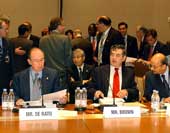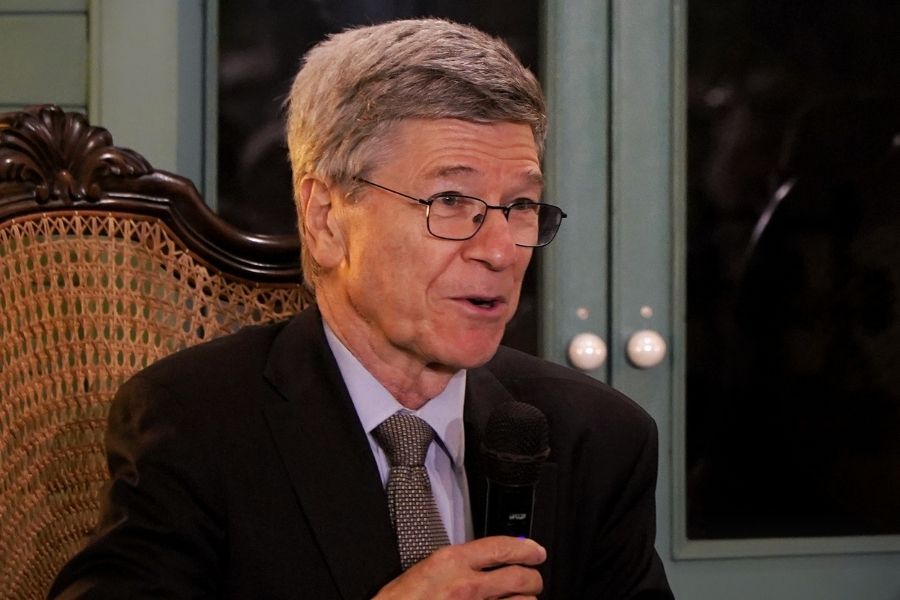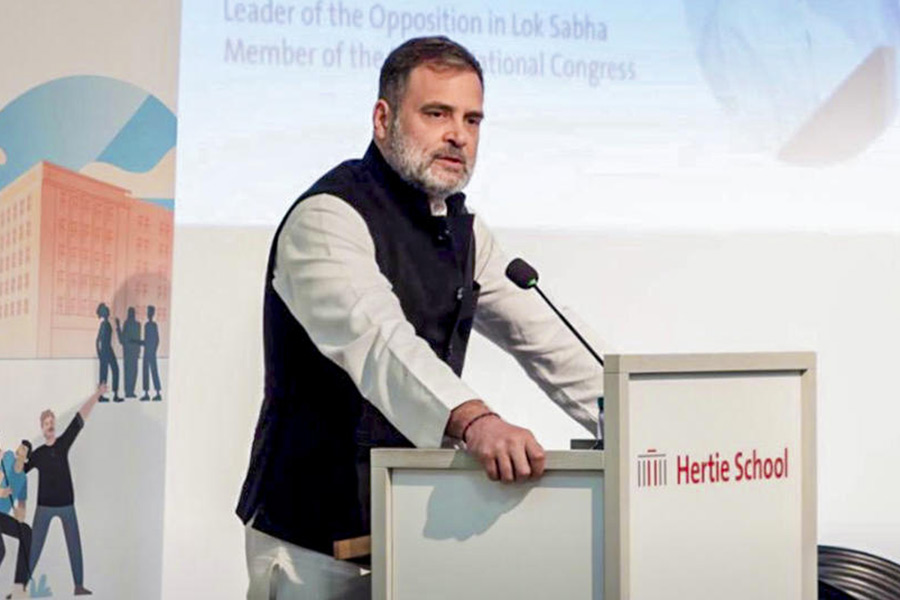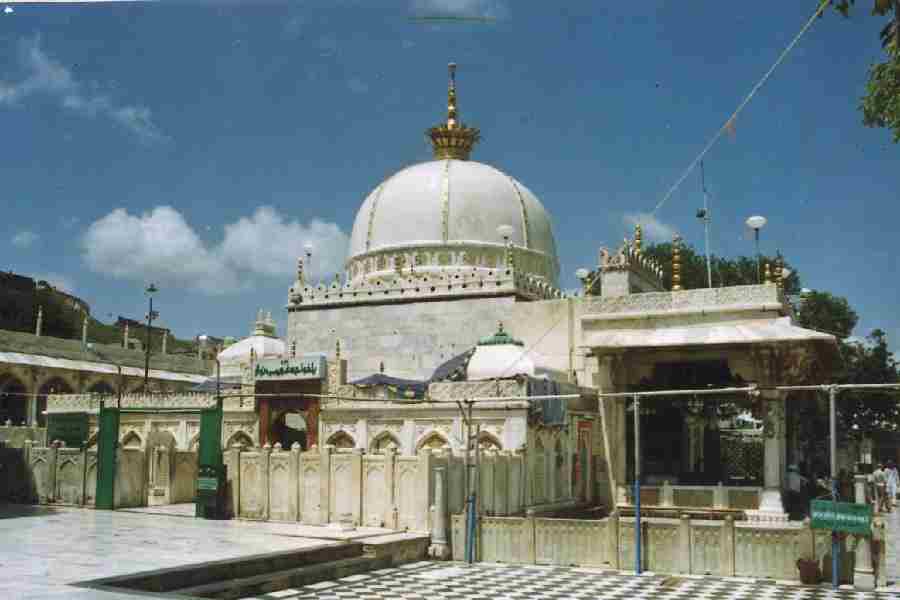|
|
| Fantasy land |
The tokenistic renaming of Park Street as Mother Teresa Sarani ? or, should it not have been Beata Teresa Sarani, if the papal process of sanctification really marks a commemorative quid pro quo for Subrata Mukherjee having been invited to unveil the Mother?s statue in Naples ? has evoked a report that Park Street will remain forever associated with much that is Westernized, and after Indian independence, a brand label for Calcutta?s restaurants and evening life. As a resident of the street from the year of Pearl Harbour till I left to study abroad in 1954, may I add a different note of distress about the meaningless change of name in our urban heritage, about which the mayor and the chairman of the Road Renaming Committee (who also happens to be founder-chairman of the West Bengal Heritage Commission) have been adamant ? despite popular entreaties.
Park Street abbreviates a landmark that existed, in the late 18th century, where the Loreto Convent now stands. The Deer Park included the residence of Sir Elijah Impey (a Warren Hastings henchman, first chief justice of the supreme court in Bengal, and the man who ordered Maharaja Nanda Kumar?s death sentence for forgery). The street was then called the Road to the Burial Grounds, of which there were three at the eastern end, before the New Cemetery opposite Mullick Bazar. The deer were either eaten as venison, or disappeared from the place and the name, early in the last century. The French or Tiretta cemetery was desecrated to build one of Calcutta?s early high-rises near Rawdon Street in the Fifties. The bigger cemetery, opposite the old one that is now preserved, was pulled down to build the Assembly of God Hospital. Only the graveyard remains in which rest Sir William Jones, General ?Hindoo? Stuart and Rose Aylmer. Vikram Seth has lovingly described it in A Suitable Boy.
Park Street used to be British Indian elegance personified. Stately mansions came up at the western end replacing the lawns of the old garden houses, extending up to the Survey of India, Murshidabad House and the three buildings of No. 87. They are all now ramshackle, requiring restoration. Fine restaurants have deteriorated or been liquidated. The rest of the street?s architectural consistency has been ruined by unthinking further buildings over whatever front lawns were left; some without any regard for the way the frontage of the ensemble of buildings gives specific character to streets. The building housing the residence of the deputy commissioner of police (South) is completely hidden by the unsightly barracks built round it after independence: it used to be a fine pair with the Catholic Archbishop?s Palace next door. The street is now a medley of architectural neglect and promoters? vulgarity, in the same way as the once gorgeous Theatre Road, sorry, Shakespeare Sarani, has been transformed. One of the people responsible for the present change told the Heritage Commission that the Park named in the Street commemorated the infamous Impey, and deserved to be replaced by the beatitude of his fellow Christian, the saintly Teresa.
The morality of a society in the bygone past has nothing to do with the heritage of a city that owes its entire urban existence to that society and to its evolution. Municipal fiats rewriting history cannot replace antique colonial graces. Chowringhee and Lower Circular Road, which Park Street connects, or its southern neighbour, Theatre Road, have in no way been improved despite the fact that the Road Renaming Committee saw it fit to associate them with Jawaharlal Nehru, Acharya Jagadis Chandra Bose and Shakespeare. The architectural uniformity of a street front, the cleanliness of its pavements, the care devoted to the maintenance of its buildings and the civic values of its inhabitants, passers-by and traffic give character to a street or a road, not the iconism of some fad, whether patriotic or internationalist. People are remembered by the institutions they built, or by the values they inculcated, not by the whims of road renamers.
Mother House near Entally will always draw those who may wish to venerate Beata Teresa. The fact that the change of names from Central Avenue and Ballygunge Store Road to Chittaranjan Avenue and Gurusaday Road in the Thirties and the Forties heralded the Corporation?s policy of tinkering with the heritage of old names, will not affect the veneration of people for the memory of C.R. Das that is enshrined in the Cancer Hospital, or for the memory of G.S. Dutt, which he himself took steps to ensure by the munificent donation of Bratacharigram and his folk art collections on Diamond Harbour Road. It is high time Calcutta gave up its prejudice against old street names, whether Bowbazar, Ballygunge or Park Street, no matter whether they are in the mother tongue or in English.
All over the city, even in the days when the mayor of Calcutta was yet to become a youth leader, common people who think about the maintenance of heritage have echoed these simple sentiments. However, there has been neither concerted action nor public initiative to create a strong political opinion against the wanton destruction of public memory, as distinct from built heritage. Heritage does not mean only the costly enterprise of restoration of architectural details in an uncared for structure, and that too, one at a time. It also includes public memory, the association of places and localities with the names by which parents and ancestors referred to them. That is what tradition is all about, the maintenance of intergenerational community. Without such community across generations, constructive creativity is impossible. If the public memory is left to demagogic mercy, all that will happen is that any sense of constructive identity and urban pride will wither away.
Average people have become so disgusted with cynical tinkering with public memory that they choose to treat it as a sick joke. I myself remember Park Street as a thoroughfare associated with human tragedies such as the villagers who lay starving on its footpaths during the Famine of 1943, vying with crows, to pick scraps from the dustbins into which the American GIs flung their half-eaten K-rations. One recalls also the broad swathe of humanity, called up by communalist goons that flowed along it, brandishing swords and spears, as they dispersed for loot and murder on Direct Action Day, August 16, 1946.
Should we regret that the association of the area with the Mother?s anodynes has been found more worthy than Park Street?s association with the momentous events that marked transition from the brittle grandeur of a colonial metropolis to the shadows of Calcutta?s present? Who knows? Erasing the facts of the past to conjure up fantasies to cloak the present will only impoverish our urban future.











